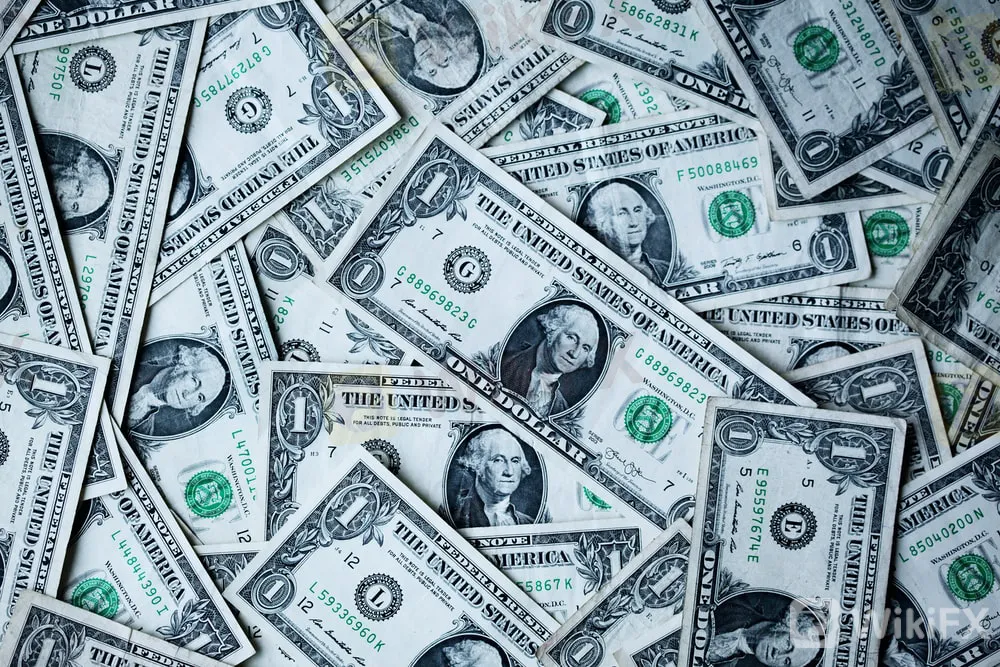简体中文
繁體中文
English
Pусский
日本語
ภาษาไทย
Tiếng Việt
Bahasa Indonesia
Español
हिन्दी
Filippiiniläinen
Français
Deutsch
Português
Türkçe
한국어
العربية
FED's Hawkish Monetary Policy Under Dovish Disguise
Abstract:Although the Fed remained the monetary policy unchanged as expected and reiterated in its post-meeting statement that it would pin the rate for the long term, which seems to be dovish, it takes hawkish actions instead.
Although the Fed remained the monetary policy unchanged as expected and reiterated in its post-meeting statement that it would pin the rate for the long term, which seems to be dovish, it takes hawkish actions instead. First of all, the Fed sharply raised its economic forecasts with the median of projections for GDP growth up to -3.7% for the end 2020 (-6% for June projection), the median PCE (personal consumption expenditure) inflation rate ending 2020 at +1% and the median core PCE inflation ending 2020 at +1.5%, which are both higher than PCEs of June projection.
The bitmap shows that the interest rate will remain at current levels until 2023, that is, the rate is likely to increase in 2024. The DXY staged a rally despite the Fed's reiteration of long-term low-interest rate both because of the sharp increases in economy and inflation projected by the Fed and the chance for the interest rate to rise in 2024. However, most analyses lose sight of the implication that the Fed will scale back quantitative easing (QE) prior to the rate increase. Taking the last rate-hiking cycle for reference, the U.S. embraced the cycle at the end of 2015, before when the Fed successively ended QE, lifted interest rates, and shrank the balance sheet.

In 2013, as the U.S. gained strength in the broader economy, the rumors that the Fed was going to cut back QE seized the financial market in Q1. The DXY thus was gearing up for a soar. At the end of 2013, the former Fed Chair Bernanke eventually announced to begin Fed's tapering of QE, resulting in the dollar price jumping from $80 to $100. After the statement, the financial market predicted that a rate-raising cycle was just around the corner, which at last triggered at the end of 2015. Considering that the period from the tapering of QE to the occurrence of the cycle is just two years, the Fed may start the tapering early in 2022 if it sets to inspire the rate in 2024.

Notably, the financial market will hype the tapering in advance before it happens, which lasted for nine to ten months in 2013 according to the process mentioned above. In other words, next year is expected to see rumors of the U.S. tapering of QE in Q1 & Q2. With that said, investors should never be under the misapprehension that the greenback won't rise until the rate gets higher in 2024. The rate just increased at the end of 2015 even though the dollar had been poised for aggressive growth since early 2013.
Disclaimer:
The views in this article only represent the author's personal views, and do not constitute investment advice on this platform. This platform does not guarantee the accuracy, completeness and timeliness of the information in the article, and will not be liable for any loss caused by the use of or reliance on the information in the article.
Read more

FED meeting minutes strongly hint at a rate cut in September; US dollar index falls to new low this year!
The U.S. Bureau of Labor Statistics revised down the employment growth in the year ending in March by 818,000, an average monthly decrease of about 68,000, the largest downward revision since 2009. The substantial downward revision of employment data re-emphasized the severity and necessity of the U.S. employment problem, paving the way for a rate hike in September. Bearish for the U.S. dollar.

What new signals does the Federal Reserve have? FED Governor Michelle Bowman reiterates the risk of inflation!
Fed Governor Bowman: There are upside risks to inflation, the labor market continues to strengthen, and a cautious attitude will be maintained at the September meeting. Boston Fed President Collins: If the data is as expected, it would be appropriate to start easing policy "soon". Inflationary pressure will slow down the pace of U.S. interest rate cuts, which will be bullish for the dollar.

GEMFOREX - weekly analysis
The week ahead: Traders on the backfoot ahead of a quiet week

Twin Scam Alert: Broker Capitals is a New Domain of Finex Stock
This week, the Italy financial regulator CONSOB issued a warning against an unlicensed broker named Broker Capitals. When we clicked on Broker Capitals' website, its logo, trade name, and design seemed familiar to us.
WikiFX Broker
Latest News
The Withdrawal Trap: How Scam Brokers Lure Victims into Paying More
FCA to Investors: Think Twice Before Trusting These Brokers
Trump\s tariffs: How could they affect the UK and your money
Trump gambles it all on global tariffs he\s wanted for decades
TradingView Brings Live Market Charts to Telegram Users with New Mini App
Trump tariffs: How will India navigate a world on the brink of a trade war?
Interactive Brokers Launches Forecast Contracts in Canada for Market Predictions
Authorities Alert: MAS Impersonation Scam Hits Singapore
Stocks fall again as Trump tariff jitters continue
IG Group Acquires Freetrade for £160M to Expand UK Investment Market
Currency Calculator







